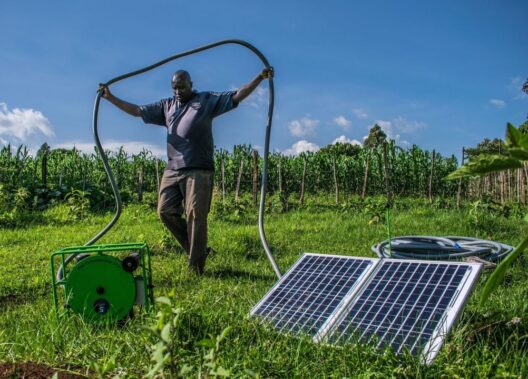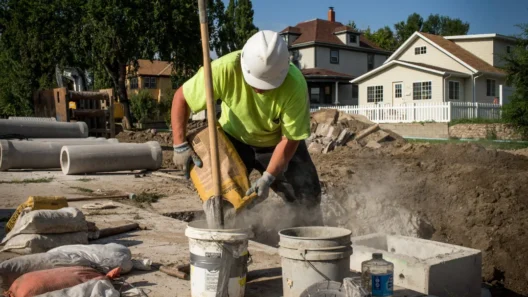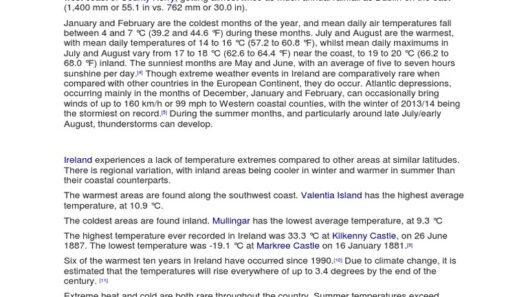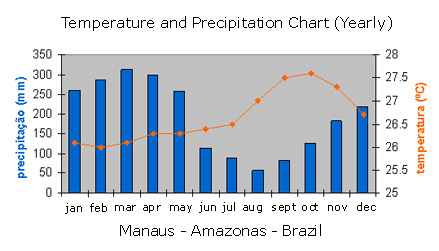Climate change, a phenomenon increasingly recognized as a significant threat to our planet, has wrought a myriad of alterations across ecosystems, weather patterns, and human health. As average global temperatures rise, the consequences manifest in alarming and multifaceted ways. Notably, the urgency to confront these challenges has grown parallel to the consequences we face. This discussion aims to elucidate the pervasive effects of climate change that have been observed thus far, provoking curiosity about the underlying factors that contribute to our fascination with this dire subject.
One of the most conspicuous manifestations of climate change is the rise in sea levels, driven primarily by the thermal expansion of seawater and the melting of ice sheets and glaciers. As temperatures ascend, polar ice caps and mountain glaciers continue to disintegrate. The Intergovernmental Panel on Climate Change (IPCC) estimates a sea-level increase of over three feet by the end of the century under high-emission scenarios. Coastal areas worldwide, home to more than one billion people, face the prospect of inundation. This encroaching reality showcases not only the physical dangers but also the psychological toll on communities threatened by displacement.
Simultaneously, climate change is exacerbating weather extremes, leading to intensified storms, droughts, heatwaves, and floods. Meteorological phenomena previously classified as anomalies have become disturbingly commonplace. The summer of 2021 exemplified this, as the Pacific Northwest experienced an unprecedented heatwave, shattering temperature records with an unusual fervor. Conversely, regions like the Gulf Coast have found themselves grappling with hurricanes of unprecedented ferocity as warmer ocean waters fuel their energy. These shifts have profound ramifications for agriculture, water supply, and infrastructure, underscoring the interconnectedness of environmental stability and societal welfare.
The impact on biodiversity is another critical facet of climate change. As ecosystems struggle to adapt to rapid environmental changes, species extinction rates have surged alarmingly. The IUCN Red List indicates that approximately one million species are at risk of extinction, a decline driven by habitat destruction, altered ecosystems, and the shifting climatic parameters. This alarming trend engenders not only a loss of biodiversity but also threatens the various ecosystem services upon which humanity relies, including pollination, water purification, and carbon sequestration.
Furthermore, the repercussions of climate change extend into public health domains. Rising temperatures and changing weather patterns facilitate the proliferation of vector-borne diseases, such as malaria and dengue fever. These maladies, once thought limited to tropical regions, are now encroaching upon temperate climates. Respiratory ailments attributed to poor air quality are also aggravated as a result of increased atmospheric pollutants, compounded by wildfires and heatwaves. Vulnerable populations, particularly the elderly and those with pre-existing health conditions, face heightened risks in this changing landscape, rendering public health an integral aspect of climate discourse.
Additionally, the economic costs of climate change are mounting alarmingly. From increased disaster relief funding to the need for infrastructure adaptation, the financial burden on governments and taxpayers escalates. A report from the National Oceanic and Atmospheric Administration (NOAA) suggests that the U.S. alone faced over $1 billion in damages from weather and climate disasters in recent years. As agricultural yields fluctuate and sustainable practices become imperative, economic stability increasingly hinges on responsive and adaptive strategies to mitigate climate impacts.
Socially, climate change induces complex human dynamics. It catalyzes migration, as communities forced to abandon their homes due to rising sea levels or deteriorating agricultural viability seek refuge elsewhere. This phenomenon is colloquially termed “climate refugees,” highlighting the intersectionality of environmental degradation and social justice. It beckons the question: how can societies accommodate and integrate displaced individuals while addressing ongoing environmental concerns? The implications of these displacements echo through policy discussions, humanitarian responses, and cultural dynamics, emphasizing the necessity for a multifaceted approach to climate change mitigation.
The psychological effects of climate change, often downplayed, deserve significant attention. The term “eco-anxiety” has emerged, capturing the mental health challenges faced by individuals, especially the youth, who grapple with the overwhelming future presented by climate projections. Psychological stressors stemming from feelings of powerlessness in the face of monumental change can erode community cohesion and drive disengagement. Addressing these emotional dimensions necessitates a nuanced comprehension of climate change, extending beyond scientific data to encompass the human experience.
In summation, the onslaught of climate change has precipitated a series of cascading effects that reverberate through environmental, economic, social, and health spheres. Each consequence interlinks with others, creating a complex web of challenges that demand collaborative solutions. The intricate interplay of these factors unveils deeper reasons for our fascination with climate change, underscoring the urgency for action. It serves as a clarion call for society to confront these challenges head-on, fostering resilience and adaptation strategies while preserving the delicate balance of our planet.







